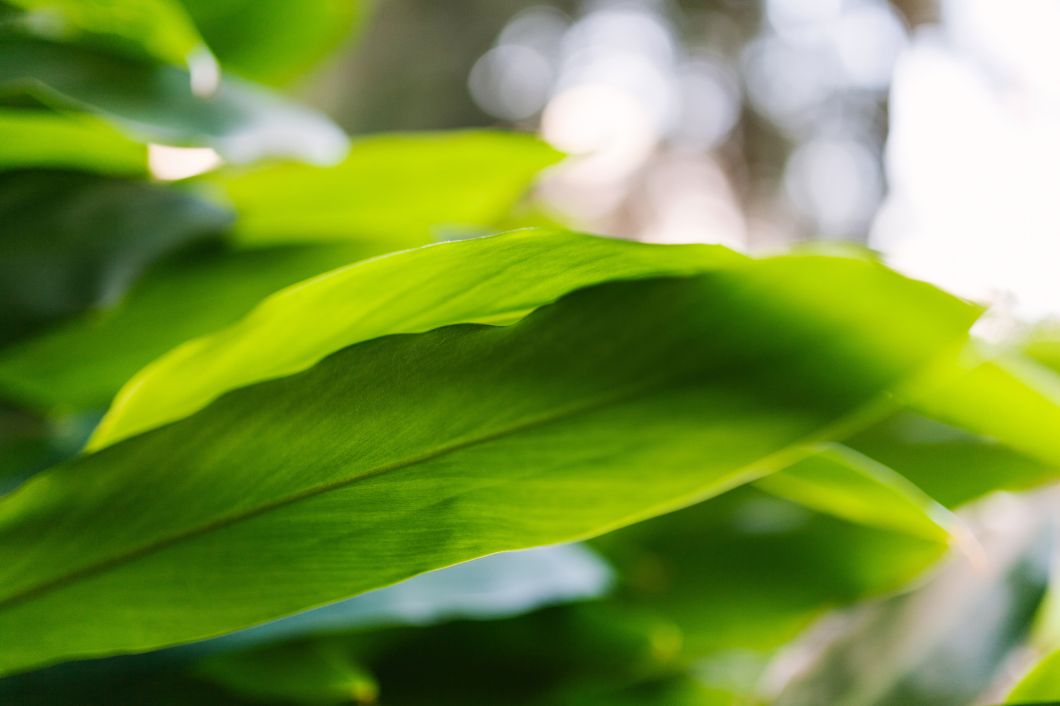The ti plant, with its broad, vibrant leaves, represents a rich history that intertwines cultural significance with practical use. Ti leaves transcend their ornamental beauty, delving into the realms of spiritual importance and healing. Read on for interesting facts about ti leaves.
Ti Leaves Symbolize Divine Power
The cultural significance of the ti plant is evident across many Pacific cultures, particularly in Hawaii, where it is considered a symbol of divine power. The plant is a part of ceremonies for protection and purification, as Hawaiians believe it to ward off evil. In Polynesian cultures, dancers and chiefs wear ti leaves to embody respect and high esteem.
Ti Leaves Have a Role in Traditional Medicine
Deep within the fibrous layers of the ti leaf lies a history of medicinal use. People have used these leaves to promote wound healing, thanks to their believed anti-inflammatory and antimicrobial properties. In this way, ti leaves played a role in the Hawaiian lei in traditional medicine. Furthermore, poultices from ti leaves supposedly soothe skin irritations and aid in the recovery of bruises. Finally, people believed the warm, moist environment resulting from wrapping injuries in ti leaves encouraged healing processes. For all these reasons, communities have passed down healing practices with ti leaves through generations, holding the plant in high regard.
Ti Plants Are Integral to Their Environment
Beyond their role in cultural and healing practices, ti plants contribute to the health of their environment as well. They have a propensity for preventing soil erosion with their strong root systems, which makes them an asset in areas prone to land degradation. The ti plant’s ecological relevance extends to the realm of biodiversity as well, providing habitat and nourishment for a variety of insect species. This role further enhances the ti leaf’s standing as a plant of multifaceted importance.
These interesting facts about ti leaves reveal their extraordinary versatility and their integral role in both human and environmental health. Embedded within the verdant layers of these leaves is a story of durability, resiliency, and an enduring legacy that continues to inspire.



